The Science Behind MOCAheart
Medical Grade Technology
MOCAheart’s medical grade electrocardiogram (EKG) and photoplethysmography (PPG) sensors work together to provide accurate and reliable measurements of three critical heart health vitals: pulse wave velocity (Blood Velocity Index), heart rate, and blood oxygen level.
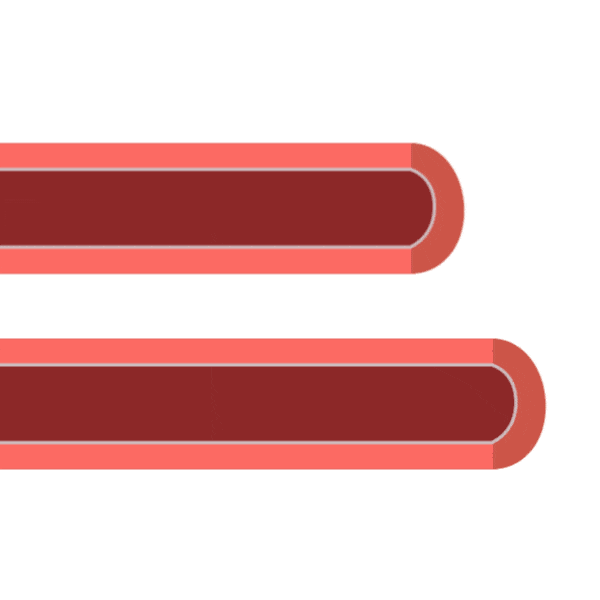
Pulse Wave Velocity and Its Correlation to Blood Pressure
Pulse Wave Velocity (PWV) is the speed at which blood travels through vessels with each pump of the heart. PWV, or blood velocity, is highly dependent on a variety of factors related to your lifestyle habits, such as exercise and diet, so it provides a good indication of your overall heart health.
Higher PWV usually indicates artery stiffness and high blood pressure. However, it is also important to note that PWV is also highly situation-specific, and tends to increase when the body is under stress, after intense physical activity, and for some people, even after caffeine intake. Conversely, as one makes healthy lifestyle adjustments, such as incorporating physical exercise and eating a clean diet, the body becomes healthier, and over time, decreases in PWV will follow suit.
Figure 1. Predicted SBP of cohorts with starting age of 40 years (A) and 70 years (B), depending on baseline PWV.

PWV remains one of the most effective ways to accurately identify individuals who are at increased risk of developing hypertension.
Najjar et al. (2008) showed the ability of Pulse Wave Velocity (PWV) to independently predict increases in systolic blood pressure (SBP) hypertension with age.
In the study, a total of 539 healthy participants of the NIH’s Baltimore Longitudinal Study of Aging (BLSA) were randomly chosen and followed up with for an average 1 of 3.1 visits per person during an average time period of 4.9 ± 2.5 years. During each follow-up, subjects had their blood pressure, pulse wave velocity, and other variables--such as cholesterol, triglycerides, and glucose--measured.

Results showed that PWV can predict increases in SBP over time (Fig. 1). Those with a baseline PWV in the highest quartile showed a marked accelerated increase in systolic blood pressure as compared to those with a baseline PWV in the lowest quartile, indicating that higher PWV increases the risk for developing hypertension.
In addition, at the 4.3 year follow up mark, those with a PWV higher than the median (5.8m/s) were predicted to have a dramatically lower probability of being hypertension-free in 5 years, as compared to those who had a lower PWV (Fig. 2) - indicating healthier, more elastic arteries. This demonstrates the ability of PWV to predict risk of developing incident hypertension, and emphasizes the importance of keeping PWV under control.

Figure 2. Hypertension-free survival curves for subjects followed up after 4 years, depending on baseline PWV.
Increases in PWV and blood pressure is a gradual process, affected by many of our lifestyle choices. By watching or lowering your weight, engaging in regular physical activity, and sticking to a DASH-based diet, you’re making an investment that can help lower your PWV, allowing you to see greater returns on your health.
Journal of the American College of Cardiology 2008;51(14)
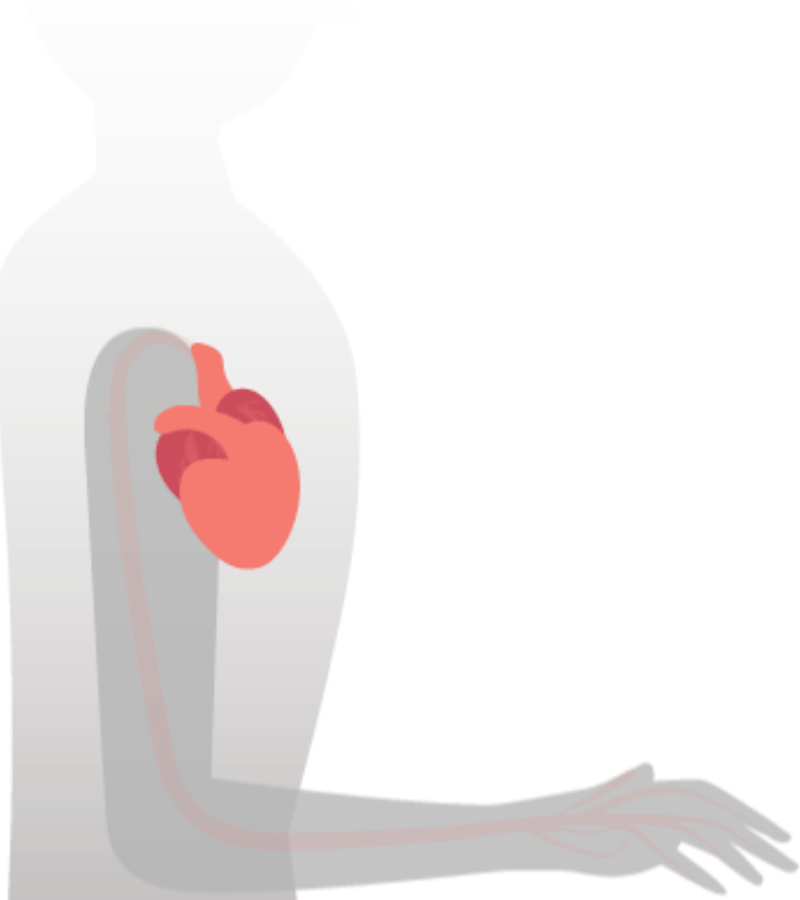
PWV At Your Fingertips
MOCAheart measures your blood velocity using its EKG and PPG sensors. The EKG sensor captures the precise moment blood is pumped from the heart by detecting your heart’s electrical signals, and the PPG sensor receives a signal when blood reaches your fingertips - thus calculating the speed of your blood flow, or PWV.
The faster blood flows through the body, the higher the Blood Velocity Index reading, indicating higher blood pressure.
YOUR CRITICAL HEART HEALTH INDICATORS
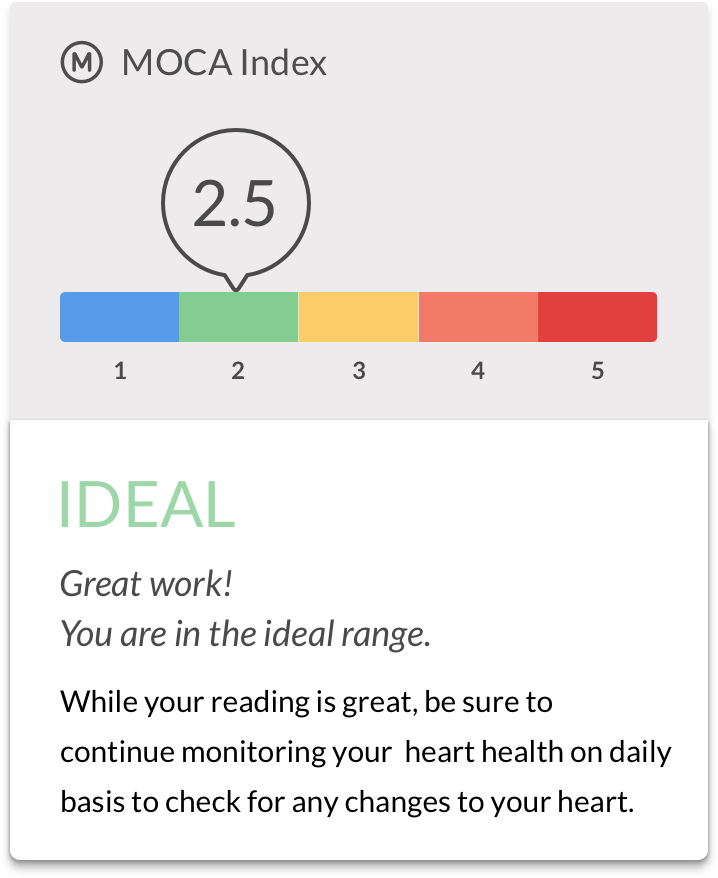
The Blood Velocity Index (MOCA Index): An Actionable Measure of Pulse Wave Velocity
Pulse Wave Velocity is an extremely important heart vital, as it takes lifestyle choices into account to give a holistic picture of your cardiovascular health. However, it has so far been limited to the professional health care environment, and thus, PWV is a relatively new measurement to most of us and is not well understood.
For this reason, the team at MOCACARE sought to simplify this measurement — we wanted to make it easier to understand, while emphasizing its importance. As a result, the Blood Velocity Index was developed. It is a simple 1-5 scale that is directly correlated to pulse wave velocity and blood pressure—the faster blood flows through the body, the higher the Blood Velocity Index reading, indicating higher blood pressure.
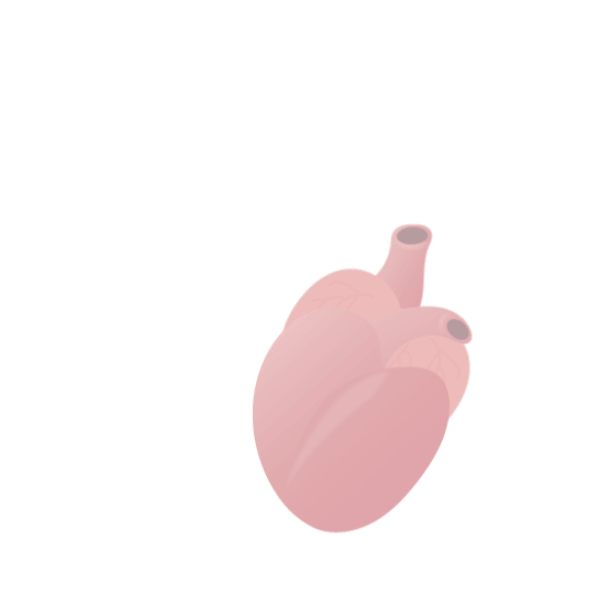
Heart Rate: Improve your Fitness Levels
An electrocardiogram (EKG) detects changes in the electric signal caused by the expansion and contraction of the heart. MOCAheart uses its EKG sensors to provide accurate heart rate measurements by calculating the time between each beat.
Your heart rate, or the number of times your heart beats per minute, is a key indicator of fitness levels and the body’s overall health. Understanding your resting heart rate is a reliable and effective way to know how hard your body is working, and provides valuable insight to the risk of potential heart problems. Generally speaking, the lower your resting heart rate is, the better shape your heart is in, as it doesn’t have to work as hard to maintain your basic bodily functions.
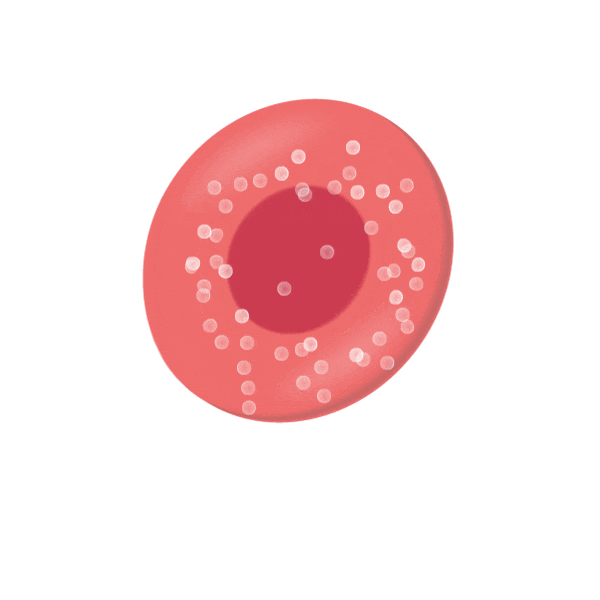
Blood Oxygen: Optimize Your Body’s Performance
MOCAheart’s PPG sensors calculates your blood’s oxygen saturation by emitting light waves into the skin and measuring the amount of light refraction.
A normal blood oxygen level, which falls within a range of 95%-100%, is required in order for your body to perform necessary basic functions and for optimal performance of your internal organs. Your blood oxygen level impacts your body’s capacity for exertion, which can affect your exercise routine.
What is my Blood Velocity (MOCA Index) reading telling me?
1- Low
A low reading usually isn't something to be too concerned about; low blood velocity can be attributed to a variety of factors including lower body mass. However, if you're experiencing unusual symptoms, it's recommended to contact your healthcare provider.
2- Ideal
Great job! Your PWV is in the ideal range. Be sure to continue monitoring your heart health on a daily basis to check for any changes to your heart.
3- Raised
A Blood Velocity (MOCA Index) reading of 3 is slightly higher than optimal, but is not a cause for a concern. However, an elevated PWV is a sign that you should begin making lifestyle changes, particularly in your diet and exercise routine.
4- High
A higher Blood Velocity (MOCA Index) is correlated to faster PWV, which is an indicator of high blood pressure. Make healthy lifestyle choices, such as increasing your consumption of fresh produce, exercising regularly, and cutting back on alcohol.
5- Very High
This is a concerning measurement. If you are consistently receiving this result, we suggest seeking medical advice as soon as possible.

Sign up now to receive the technology summary
Why is it important?
Today, two-thirds of the American adult population suffer either from pre-hypertension or hypertension, the biggest risk factor for heart disease—and half of them are not even aware of it. Luckily, studies show that one of the best remedies for lowering blood pressure is simply to self-monitor.
MOCAheart is a health and wellness device designed to empower individuals to take better care of their health, and to help create lasting heart-healthy habits. Please note that MOCAheart is not a replacement for recommended medical testing, nor should it be used to diagnose medical conditions or prescribe treatment or medication.
By tracking your Blood Velocity (MOCA Index) daily, you can easily determine how lifestyle changes you’re making, such as exercise and diet, are improving your cardiovascular health in the long run. In addition to your heart rate and blood oxygen levels, Blood Velocity (MOCA Index) provides an additional data point to gauge how fit or stressed your heart is.
